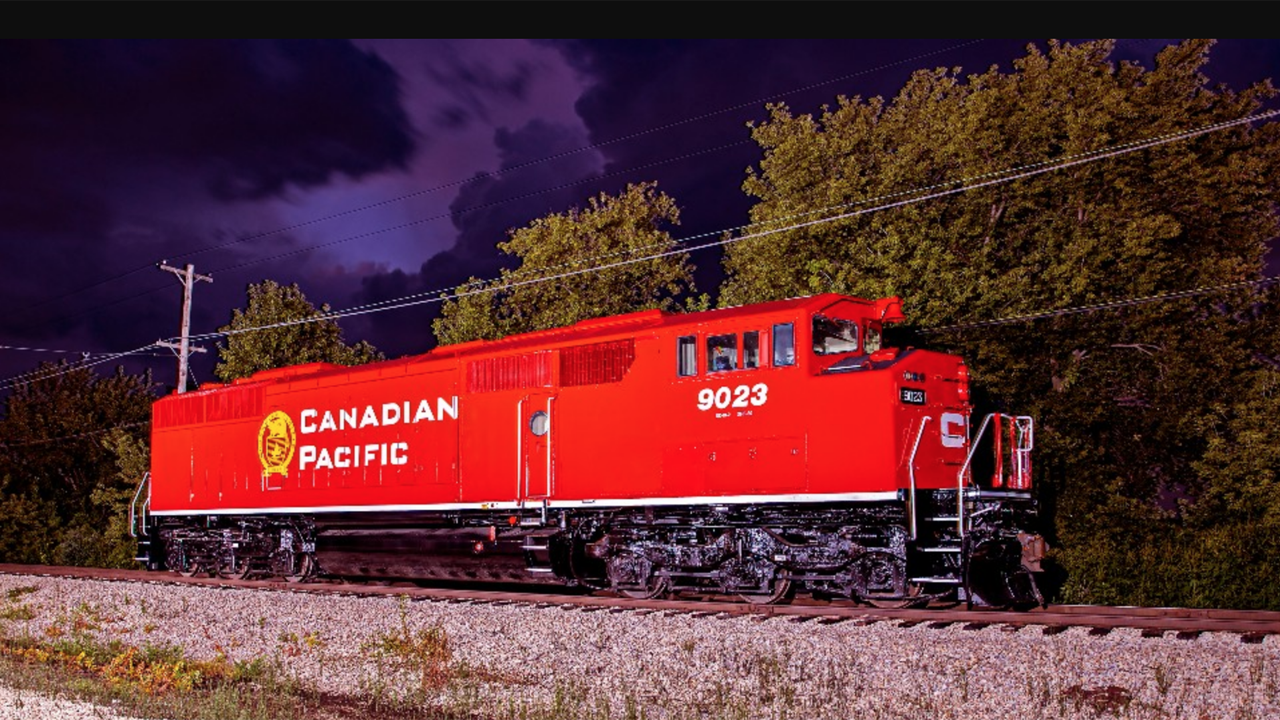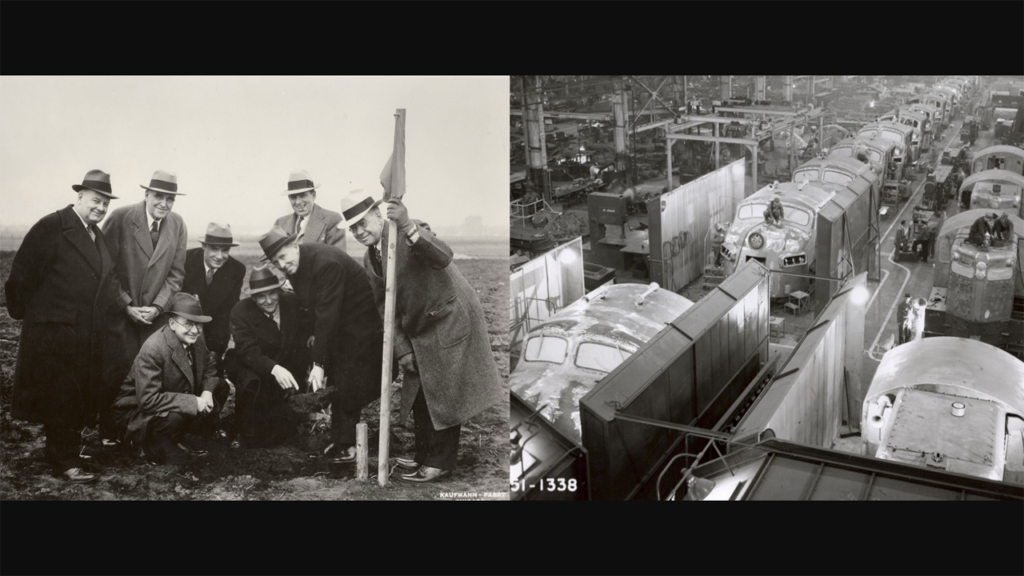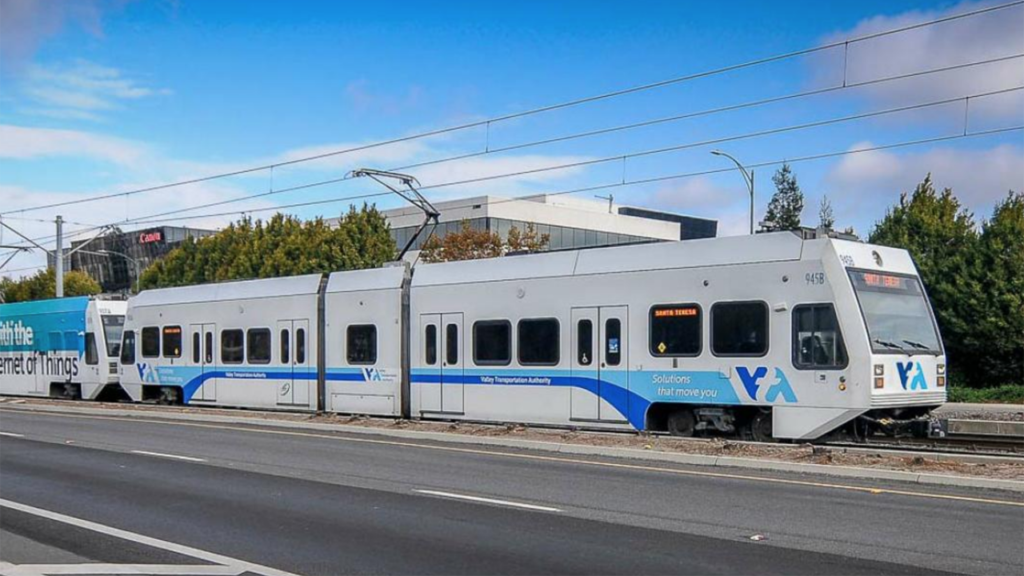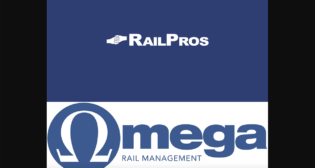
Supply Side: Progress Rail, PTSI Transportation
Written by Marybeth Luczak, Executive Editor
Pictured: Canadian Pacific’s locomotive 9023 “helped celebrate Electro-Motive’s centennial,” CP tweeted on Aug. 21. “The second-to-last-built in the popular SD40-2 line appeared at an EMD employee event at @IlRailwayMuseum. Congrats to EMD, and thanks for helping us move the freight North Americans depend on!” (Photograph Courtesy of CP, via Twitter)
Progress Rail, a Caterpillar Inc. company, celebrates EMD®’s 100th anniversary at the Illinois Railway Museum. Also, railroad, rail transit and bus consultancy PTSI Transportation turns 50.
The Illinois Railway Museum on Aug. 20 hosted the 100th anniversary celebration of Progress Rail’s EMD, according to the Illinois News website. Among the EMD units represented were the museum’s Chicago and Northwest F7A No. 411, Amtrak AEM-7 No. 945, and Santa Fe FP45 No. 92, as well as the active Canadian Pacific (CP) SD40-2F No. 9023. Also on hand was Progress Rail’s SD70ACe-T4 demonstrator. Caterpillar Senior Vice President and Progress Rail President and CEO Marty Haycraft addressed attendees.

Founded in Cleveland by Harold Hamilton and Paul Turner in August 1922 as Electro-Motive Engineering Corporation, it was soon renamed Electro-Motive Company and moved to a new factory in McCook, Ill. The assembly halls were known simply as LaGrange—EMC’s mailing address, as McCook had no post office—the birthplace of the legendary bulldog-nosed F series locomotives that ushered in railroading’s diesel-electric era. The company was sold to General Motors in 1930. After merging with another engine division at General Motors, EMC was officially renamed the Electro-Motive Division (EMD).
“Not only did EMD provide engines to power ships and submarines during World War II, but the company also designed a new welding process that helped make tanks bullet resistant,” according to Progress Rail. “After the war, EMD’s streak of innovation continued with the design of a new passenger railcar that quickly became popular with passengers. They also introduced a trailer train that allowed semi-trailers to be loaded onto a single railcar that could also travel on roads, thus enabling the birth of intermodal shipping.
“Fast forward to the 1970s when Amtrak turned to EMD to provide locomotives for long-distance passenger rail service. In the early 1990s, EMD further improved performance and efficiency by providing computer-controlled locomotives. Throughout the 20th century, EMD’s commitment to innovation and customer satisfaction allowed it to continue to grow as other rail companies went out of business.”
General Motors sold EMD to Greenbriar Equity and Berkshire Partners in 2005. In 2010, the company was sold to Progress Rail—which Caterpillar Inc. acquired in 2006—and renamed Electro-Motive Diesel.
In 2015, EMD unveiled a new freight locomotive that met EPA tier-4 emission regulations. Today, not only are all EMD locomotives capable of running on 20% biodiesel, according to Progress Rail, but also are being tested with 100% biodiesel capabilities. In early 2022, BHP and Fortescue announced the purchase of battery-electric EMD Joule locomotives from Progress Rail to operate in Australia.
“EMD has a proud 100-year legacy of providing rail customers with proven technology and innovation,” Marty Haycraft said in a Aug. 19 feature story on the Progress Rail website. “We’ll continue to develop new ways to deliver premier locomotives to our customers, and we look forward to another century of helping our customers build a better, more sustainable world.”
For more company history, visit Progress Rail’s dedicated webpage.

PTSI Transportation on Aug. 18 announced the celebration of its 50th anniversary this summer. Since its founding in 1972, the railroad, rail transit and bus consultancy has been involved in a variety of projects—from rail passenger equipment design and on-board service (food and beverage) to new service implementation, operations, operations planning and operational training. PTSI Transportation developed the Route Learning System™ (RLS), a multi-media physical characteristics training system combining annotated and narrated video with detailed physical characteristics maps, which debuted in 2018; and the Commuter Rail Fare compendium, a quarterly analysis of fares on North American railroads, which was introduced in 2019. The company, based in Rutherford, N.J., has more than 30 employees in North America, the United Kingdom and Australia, with experience in operations, equipment, marketing, on-board service, engineering and safety.
In related developments, PTSI Transportation in May supplied a RLS to Santa Clara VTA for use at its new technical training center.



